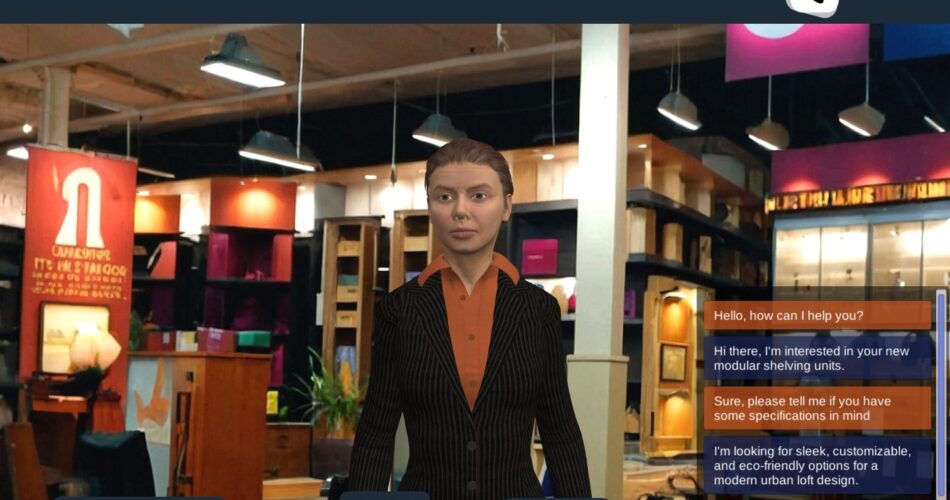In the rapidly evolving digital landscape, AI-Humans have emerged as a groundbreaking innovation, redefining how instructional design shapes personalized learning experiences. By seamlessly blending human-like virtual interactions with cutting-edge artificial intelligence, platforms like AI Humans are setting a new standard in educational and training methodologies.
Transforming Instructional Design with AI-Humans
Instructional design has always been about crafting learning experiences that are effective, engaging, and tailored to learners’ needs. With the advent of AI-Humans, this field has entered an exciting phase where technology meets empathy, delivering highly personalized, adaptive, and interactive learning journeys.
1. Personalized Learning Experiences
AI-Humans excel in offering individualized learning pathways. By leveraging data analytics and AI algorithms, these virtual beings adapt content delivery to a learner’s unique pace, preferences, and skill level. For instance:
- A financial services training module can adjust its complexity in real-time based on the learner’s performance.
- Interactive virtual characters act as tutors, guiding learners step-by-step, identifying knowledge gaps, and providing targeted interventions.
2. Engaging Real-World Simulations
One of the standout features of AI-Humans is their ability to simulate realistic training scenarios.
- Learners can interact with human-like avatars in scenarios mimicking real-world challenges, such as customer interactions or problem-solving in high-pressure environments.
- This immersive approach enhances retention, builds confidence, and equips learners with practical skills applicable in real situations.
3. Adaptive Learning Systems
AI-powered instructional design ensures courses are neither too difficult nor too simplistic. As learners progress, the system dynamically adjusts content to maintain an optimal challenge level, fostering continuous growth and motivation.
Key Advantages of AI-Driven Instructional Design
1. Immediate Feedback and Insights
AI-Humans analyze learner performance in real-time, providing instant feedback. This allows users to rectify mistakes, deepen understanding, and achieve measurable improvement.
2. Microlearning with Maximum Impact
Microlearning has become a staple of modern education. AI-Humans deliver concise, focused content in bite-sized modules, making learning accessible during commutes, breaks, or busy schedules.
3. Collaborative Learning Across Borders
AI-Humans facilitate global collaboration. Learners from different geographies can engage in shared virtual classrooms, discuss ideas, and solve problems collectively through AI-enabled forums and collaborative tools.
4. Cost-Efficient Training Solutions
Organizations no longer need to invest heavily in human trainers for repetitive tasks. AI-Humans offer scalable training solutions, reducing costs without compromising on the quality of instruction.
Instructional Design Meets AI: Models Evolved
Traditional models like the ADDIE Framework and Gagne’s Nine Events now incorporate AI-powered enhancements. Instructional designers collaborate with AI tools to analyze data, create interactive content, and ensure that every learner receives a tailored experience.
For example:
- The ADDIE Model can utilize AI during the analysis phase to identify learner behavior patterns, making the design phase more targeted.
- In Gagne’s Events, AI-Humans can be instrumental in capturing attention, providing guidance, and offering real-time feedback.
Ethical Considerations in AI-Driven Learning
While AI-Humans promise revolutionary changes, ethical considerations must remain a priority. Transparency, data privacy, and responsible AI use are essential to ensure these systems empower learners without compromising their trust.
Conclusion
The integration of AI-Humans in instructional design is not just an innovation; it’s a necessity for the modern era. By creating personalized, engaging, and efficient learning experiences, platforms like AI Humans are driving a new frontier in education and training. As we embrace this technology, instructional designers and educators must adapt, innovate, and collaborate to harness its full potential, ensuring learners thrive in an ever-evolving world.

